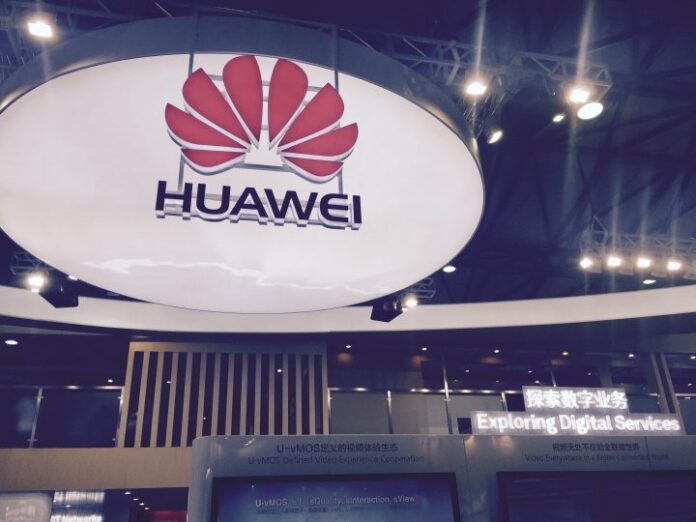Huawei and China Mobile submit BNG proposal to IETF
Huawei and the China Mobile Research Institute submitted a standards proposal at the Internet Engineering Task Force’s (IETF) 100th meeting for the first cloud-based Broadband Network Gateway (BNG) interface protocol requirements. According to the companies, the proposal marks a major stepping stone for the standardization of CU-separated BNG architecture.
The IEFT is the body that defines standard internet operating protocols. The organization is supervised by the Internet Society Internet Architecture Board (IAB). BNG refers to the core network elements for fixed broadband (FBB) services. With the surge of broadband users, cloud services and the internet of things (IoT), traditional BNG is challenged with respect to resource utilization, orchestration and management, and service provisioning.
During the meeting, Huawei and China Mobile presented the CUSP draft, which defines protocol requirements for information delivery, reliability and security mechanisms required for communication between the control and user planes in cloud-based BNG architecture. The proposals were reportedly well received and motivated discussion about the concepts and methods for separating the control and user planes.
“The CU-separated BNG architecture allows network resource pooling to improve resource utilization and enables centralized virtual control plane to accelerate service efficiency and shorten new service provisioning time,” said Hu Shujun at the China Mobile Research Institute.
“These are the business values brought by the architecture. The standards proposal submitted at the meeting was well received by industry experts, and the interface protocol and information model for interaction between the control and user planes will drive the new architecture to mature and become applicable. On the way to standardization of this architecture, we are open to new thoughts and welcome conversations with more industry experts to accelerate this process.”
Huawei has worked to accelerated the development of the cloud-based BNG solution design based on the CU-separated BNG architecture. In March 2017, for example, the international independent testing organization, European Advanced Networking Test Center (EANTC), announced that Huawei’s CloudMetro solution successfully tested for metro broadband access scenarios. The test verified the CloudMetro solution is able to establish one million subscriber sessions by using a BNG, and achieved a session establishment rate of 2,600 sessions per second.
Moving forward, Huawei said it will work closely with operations across the globe and continuously innovate in CU-separated BNG architecture standards, promoting a standard formulation for transforming metro networks with the cloud.

